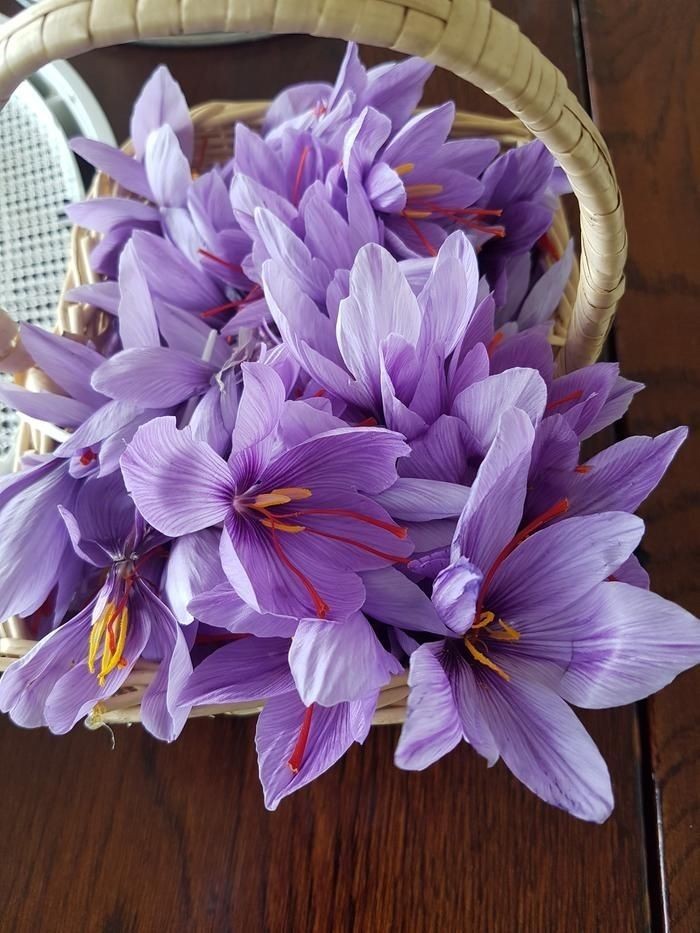Categories
The latest content
-

Customs Clearance & Import Regulations for Bulk Iranian Pinto Beans in EU, Middle East & Africa
..
-
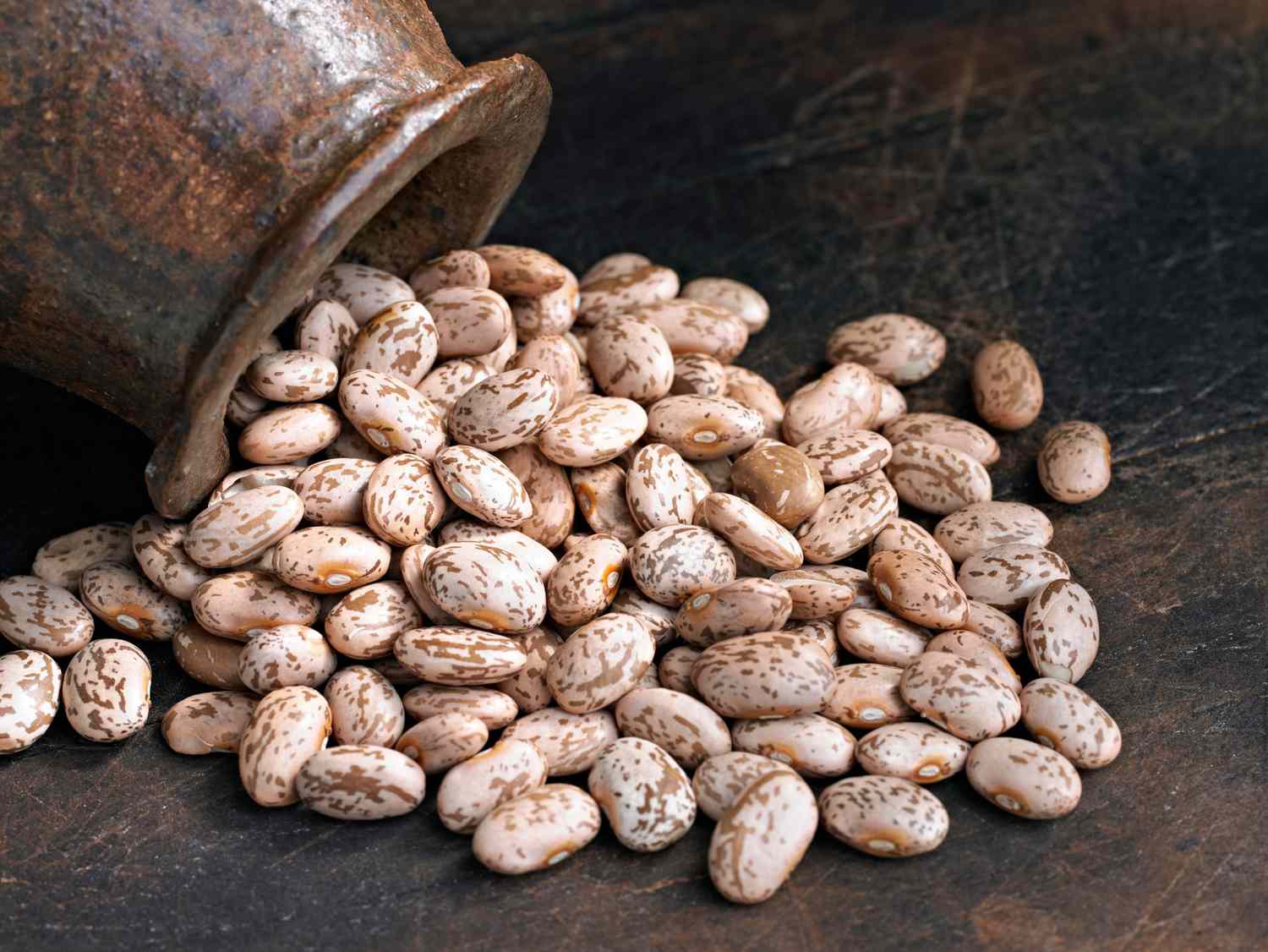
Quality Control & Laboratory Testing Standards for Iranian Pinto Beans
..
-
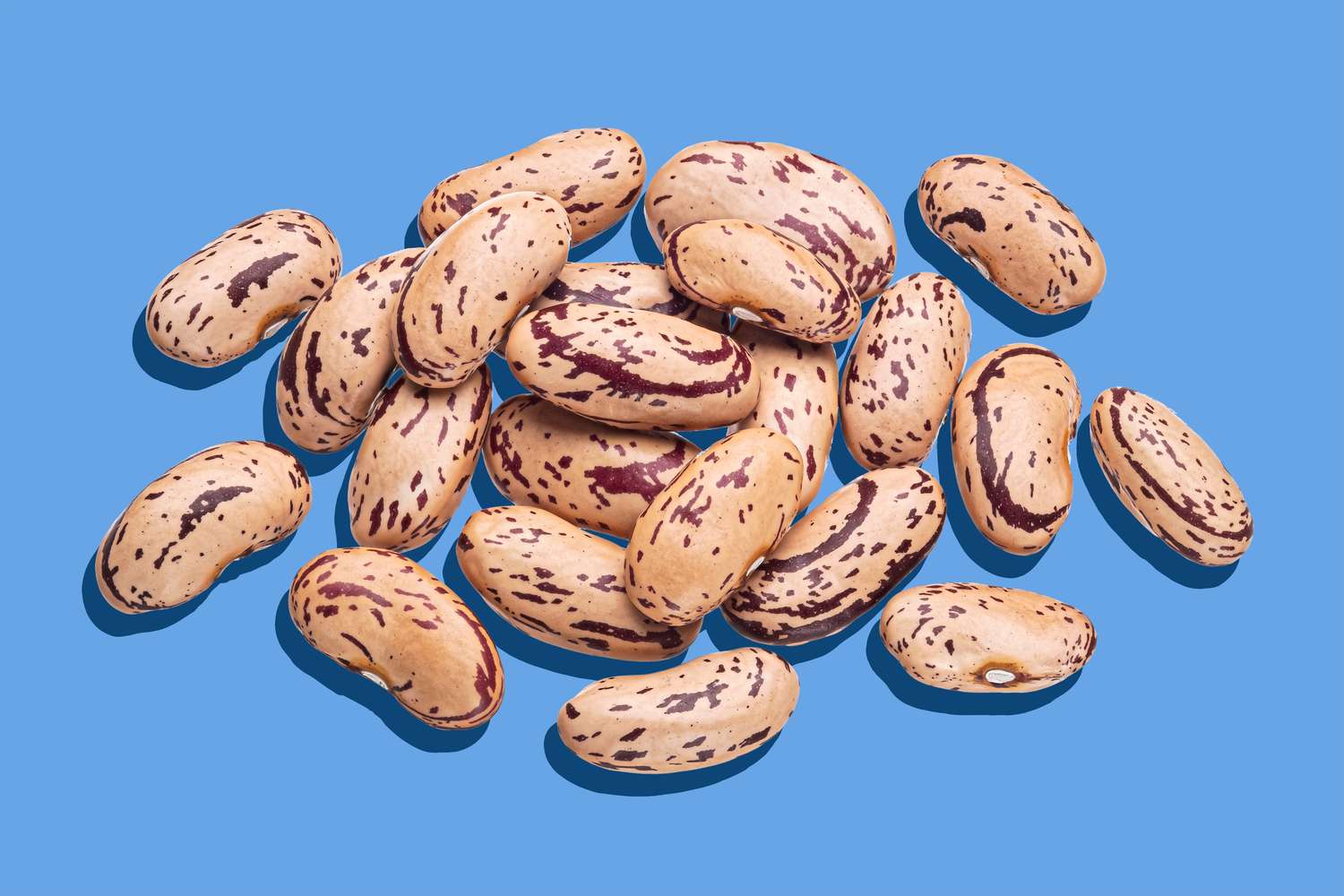
Logistics & Shipping Solutions for Bulk Iranian Pinto Bean Exports
..
-
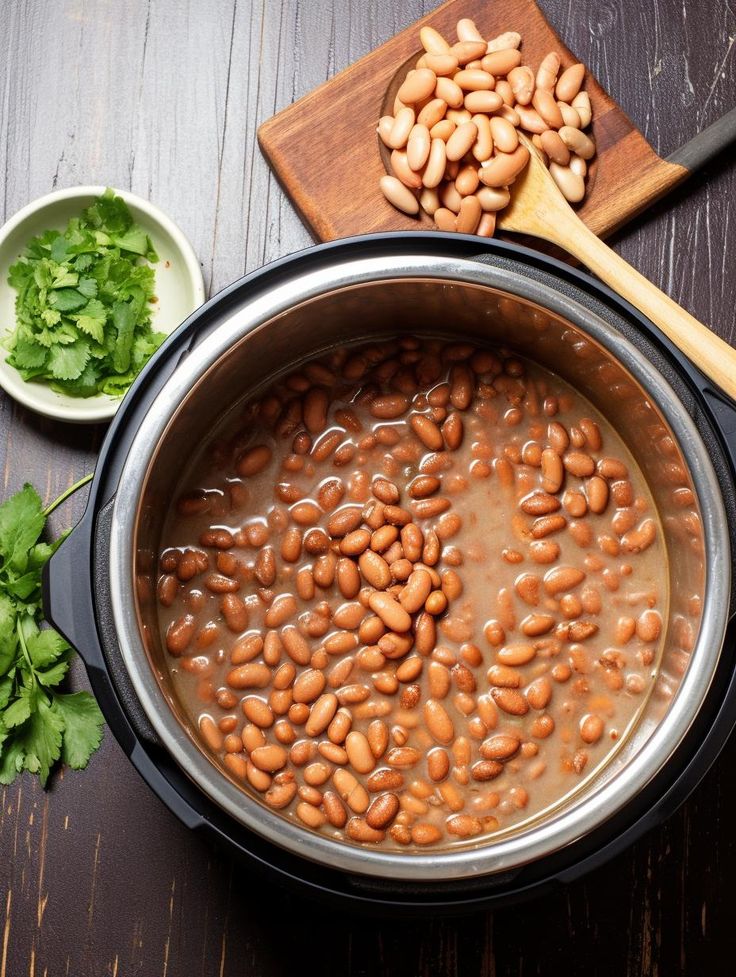
Minimum Order Quantity (MOQ) & Bulk Pricing for Iranian Pinto Bean Buyers
..
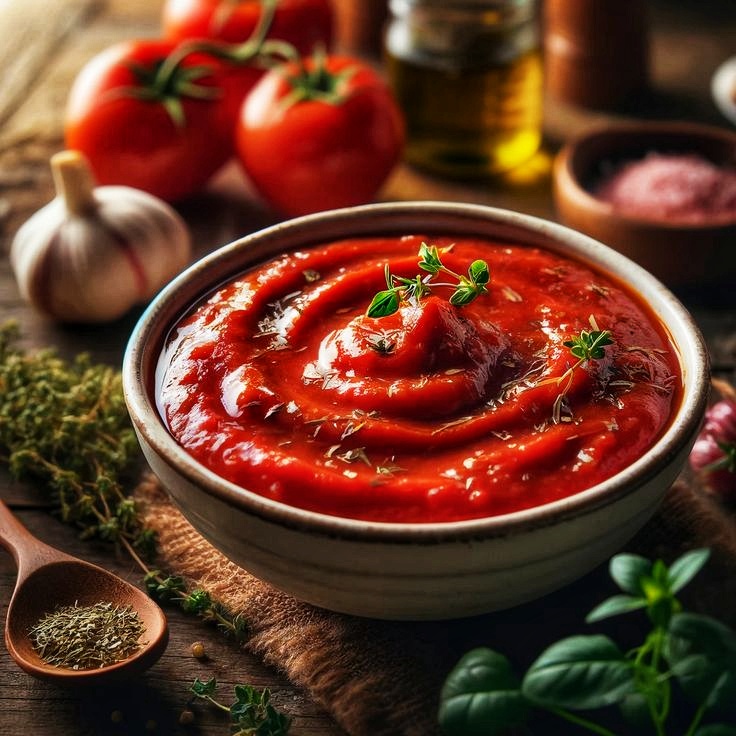
Tags
Rice Cultivation in Iran: A Rich Tradition and Sustainable Practices
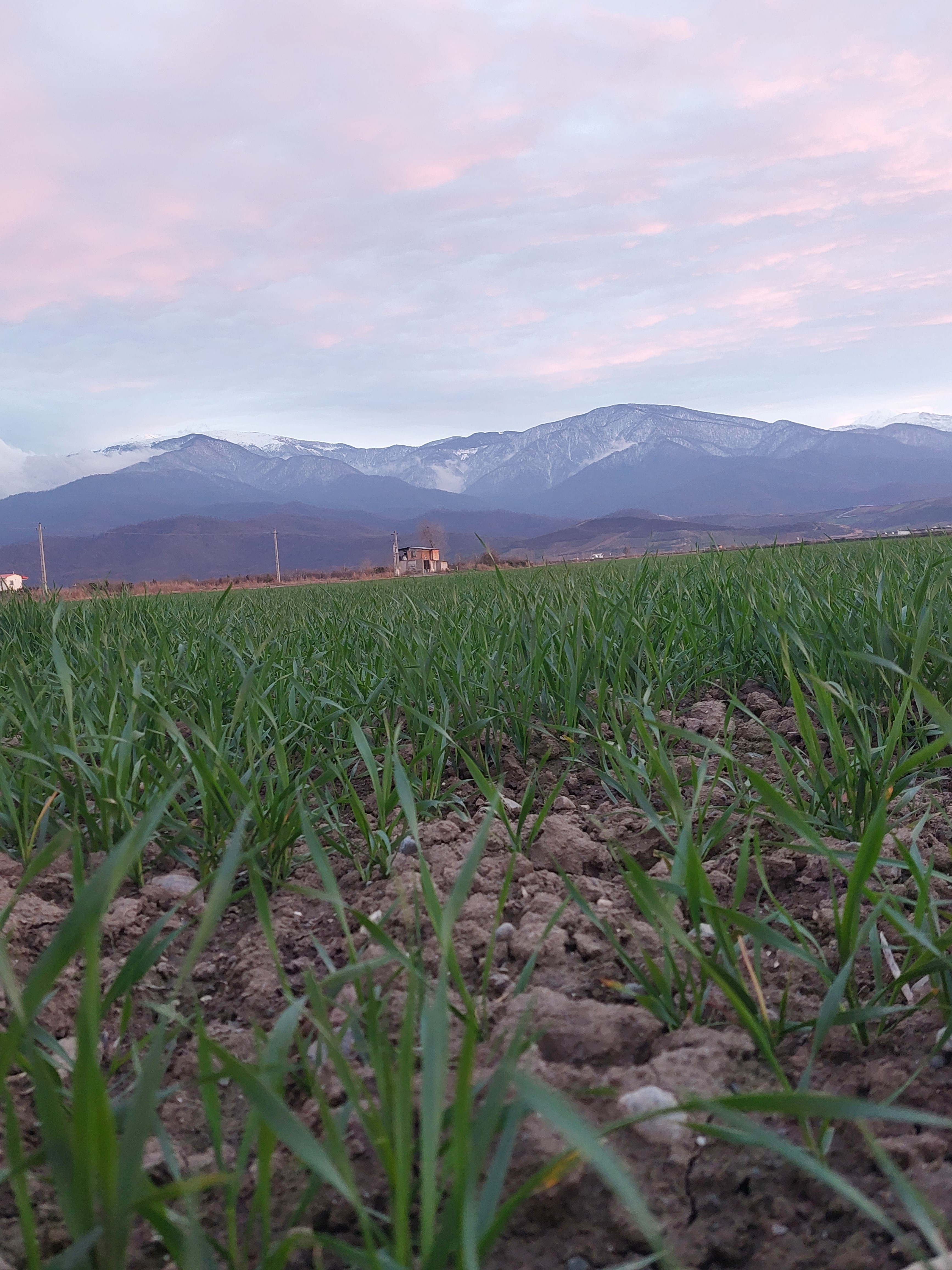
Rice is a vital staple in Iran, deeply woven into the country’s culture, cuisine, and agricultural landscape. As one of the world’s oldest agricultural practices, rice cultivation in Iran not only sustains millions of people but also reflects a rich heritage passed down through generations. This post explores the fascinating aspects of rice cultivation in Iran, highlighting its significance, methods, and sustainability efforts.
The Cultural Importance of Rice in Iran
Rice, known as “polo” in Persian, is the foundation of many traditional Iranian dishes. It is often served alongside rich stews (khoresh), grilled meats, and flavorful vegetables. Celebrated for its versatility and satisfying nature, rice plays a central role in Iranian hospitality and family gatherings. Major dishes like Tahchin and Zereshk Polo showcase the importance of rice in Iranian gastronomy.
Major Rice-Producing Regions
Iran benefits from a diverse climate, allowing for rice cultivation in several provinces. The main rice-producing regions include:
• Mazandaran: Located in the northern part of Iran, Mazandaran is renowned for its paddy fields and fertile soil. The region produces high-quality varieties, such as Hashemi and Ghazani rice.
• Golestan: This province also contributes significantly to rice cultivation with its rich agricultural practices and optimal climate conditions.
• Gilan: Gilan is famous for its lush landscapes and traditional farming methods, making it a key player in Iran’s rice production.
Cultivation Methods
1. Seed Selection: Farmers meticulously select high-quality seeds adapted to local conditions. Varieties such as Hashemi, Sadri, and Domsiah are popular for their flavor, aroma, and resilience.
2. Land Preparation: Wetland rice is primarily grown in paddies. Farmers prepare the fields by plowing and leveling the land to ensure proper water management.
3. Transplanting: In Iran, rice is often cultivated through transplanting. Seedlings are grown in nurseries before being transplanted into the flooded fields, protecting them from weeds and pests, and providing ideal conditions for growth.
4. Water Management: Water is a crucial factor in rice cultivation. Farmers in Iran utilize traditional irrigation methods, such as qanats (underground aqueducts), to manage water resources efficiently.
5. Pest and Weed Control: Integrated pest management practices are employed to naturally control weeds and pests while minimizing environmental impact.
Sustainability and Challenges
Rice cultivation in Iran faces several challenges, including water scarcity, soil salinity, and climate change. In response, Iranian farmers and agricultural organizations are implementing sustainable practices:
• Water Conservation: Farmers are increasingly using advanced irrigation techniques, such as drip irrigation and laser leveling, to optimize water use.
• Crop Rotation: To maintain soil fertility and reduce pest populations, crop rotation with legumes and other plants is being adopted.
• Research and Development: Agricultural research institutes in Iran work on developing drought-resistant rice varieties and sustainable farming practices to enhance resilience against climate challenges.
Conclusion
Rice cultivation in Iran represents more than just an agricultural practice; it embodies the country’s cultural identity and culinary heritage. With its dedicated farmers, rich traditions, and growing emphasis on sustainability, Iranian rice production plays a crucial role in ensuring food security.
At Tamila Agrifood, we celebrate the artistry of Iranian rice cultivation, bringing you authentic products that embody this rich heritage. Join us in appreciating the journey of rice from the fields of Iran to your table, and experience the flavors and stories behind each grain.



